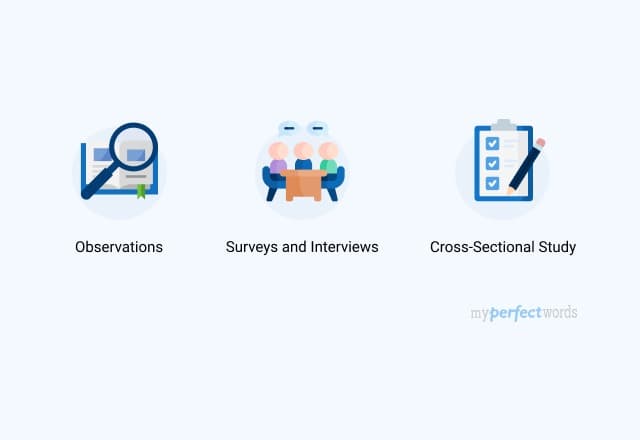-9374.jpg&w=1920&q=75&dpl=dpl_6C1DJD8FTbsfEG5WgFbBai5SDP9f)
-9374.jpg&w=640&q=75&dpl=dpl_6C1DJD8FTbsfEG5WgFbBai5SDP9f)
Starting your research journey can be both exciting and daunting. But it’s more daunting if you don’t know where to begin.
It’s very common for students to get stuck at the start. Are you one of them?
Don’t worry!
You just need to follow some steps to get your research paper off the ground. In this blog, you will get some helpful tips and strategies to help you get started.
So read on to learn how to start writing a research paper.
On This Page![]()
- 1. 7 Steps for Starting a Research Paper
- 2. Tips on How to Start a Research Paper
7 Steps for Starting a Research Paper
With the right approach and a clear plan, starting research can even become an enjoyable process. The key is to break it down into manageable steps.
Here's a step-by-step guide to help you begin your research paper on the right foot:
Step 1. Select an Engaging Topic
The foundation of any research paper is the topic. Choose a subject that genuinely interests you. It could be related to your field of study, a current debate, or something you're passionate about.
Ensure that your topic is neither too broad nor too narrow. It should be specific enough to explore in-depth but not so narrow that you struggle to find relevant sources.
Example: Broad Topic Original: Artificial Intelligence Overly Narrow Topic Original: The Effects of a Specific Drug on Sleep Patterns in Mice |
Need help finding a good topic? Check out our list of 300+ research paper topics to get the ideas you need. |
Step 2. Conduct Preliminary Research
Before diving deep into research writing, start with some preliminary reading.
Look for existing literature on your chosen topic also known as literature review. This will help you understand what has already been done in your area of interest and identify any gaps in the existing knowledge.
- Utilize Academic Databases: Access reputable academic sources such as PubMed, JSTOR, or IEEE Xplore to find peer-reviewed articles.
- Keyword Search: Find a set of keywords related to your topic and use them in your searches. This will streamline the process and help you find relevant literature more efficiently.
Step 3. Formulate Research Question
Well-defined research problem is the compass that will guide your paper.
A carefully articulated question not only directs your focus but also helps shape the structure and content of your research.
Here are some questions you can ask before starting your research paper:
- Why is this Topic Important or Relevant?
- What is my Research Objective or Goal?
- What is the Scope of My Research?
- What Existing Knowledge Exists on the Topic?
- Are There Any Gaps or Controversies in the Existing Literature?
- What Methodology Will I Employ?
- How Will I Collect Data?
- What Are the Ethical Considerations of My Research?
- What Resources and References Will I Need?
- What is the Expected Timeline for Completion?
- Do I Have a Clear, Concise, and Specific Research Question?
Step 4. Develop Hypothesis
In the research process, crafting a hypothesis is an important step that provides a tentative answer to your main research question.
A hypothesis serves as the central idea around which your entire paper will revolve.
An effective hypothesis consists of the following characteristics:
- Debatable Nature
- Grounded in Evidence
- Aligned with Research Question
- Building a Hypothesis
- Identify Variables
- Establish Directionality
Example: Research Question: How does regular exercise impact academic performance in college students? Hypothesis: "Regular exercise positively influences academic performance in college students as it enhances cognitive function and reduces stress levels." |
Step 5. Create an Outline
Divide your paper into sections, such as introduction, literature review, methods, results, discussion, and conclusion. Outline the key points you'll cover in each section.
Outlining your research paper is a fundamental step in organizing your thoughts that will help you see the logical flow of your paper.
Step 6. Gather Research Materials
Start collecting relevant sources, such as academic articles, books, and credible websites. Take detailed notes and keep track of your sources for proper citations later. Organize your research materials so you can easily reference them when you write.
Step 7. Read the Guidelines or Instructions
Finally, before you start writing, you should read and understand any guidelines or requirements by your instructor or publisher. Don’t miss any essential information that can help shape your paper, such as the formatting and citation styles.v
By following these pre-writing steps, you are all set to begin the writing stage of your research paper effectively.
How To Start a Research Paper - Example
Here's an example to help you understand how to start a research paper.
Rising Use of Military AI: A Comparative Analysis of US and China In the realm of global security, the integration of cutting-edge technologies has become a defining characteristic of military prowess. Among these technologies, Artificial Intelligence (AI) has emerged as a transformative force, reshaping the strategies, capabilities, and dynamics of military operations worldwide. As nations strive to gain the upper hand in an era of technological supremacy, the utilization of AI in military technology has taken center stage. Within the realm of military technology, AI is poised to redefine the very nature of warfare, from autonomous drones and intelligent logistics to predictive analytics and cyber warfare. In this context, we turn our attention to the contrasting approaches of two of the world's foremost military powers: the United States and China. Both nations have demonstrated a steadfast commitment to harnessing AI's potential for military gain. However, their strategies, investments, and regulatory frameworks diverge significantly. In this paper, key questions surrounding AI's impact on decision-making, battlefield advantages, geopolitical dynamics, and ethical considerations are addressed. The analysis of the approach of two superpowers is essential to understand the direction of the military developments of AI and its global implications. To unravel these intricate questions, this study embarks on a multifaceted exploration. Firstly, it will provide an in-depth analysis of the current AI-driven military capabilities of both nations. Secondly, it will delve into the tactical implications and potential advantages conferred by AI technologies on the battlefield. Thirdly, it will scrutinize the broader geopolitical implications, including concerns about an AI arms race, alliance dynamics, and global security equilibrium. Lastly, it will consider the ethical dimensions and challenges surrounding AI in military applications. |
Tips on How to Start a Research Paper
Diving into the research head-on is not a sustainable strategy. Here are some tips you should keep in mind to start your research without the risk of burnout:
- Read More About Your Topic: Before diving into detailed research, read broadly about your topic. This will help you gain a better understanding and identify key areas of interest.
- Set Realistic Goals: Break down your research into manageable tasks and set achievable goals for each session. This will help you stay organized and motivated.
- Manage Your Time Wisely: Allocate specific time slots for research, and stick to a schedule. Time management is crucial to avoid last-minute rushes.
- Give Your Mind a Rest: Starting a research paper can be mentally taxing. Take short breaks between research sessions to clear your mind and avoid burnout.
- Seek Feedback Early: Don't wait until you've completed your paper to seek feedback. Share your research question or preliminary findings with peers or mentors to refine your approach.
- Discuss Your Ideas: Engage in discussions with peers or professors about your research ideas. Talking through your concepts can help you refine them.
To sum up,
Starting is, no doubt, the hardest part of writing a research paper. But with the steps and tips provided above, you can start your paper effectively.
Begin with pre-writing, learn about your topic, note down your ideas, and arrange them in outlines. Only after you’ve done the pre-writing, you should move towards writing your introduction.
And there you have it! You’re off to an amazing start!
You can get professional help from research experts at MyPerfectWords.com!
We have experienced research writers at our writing service. They can help you craft a research paper from start to finish.
So whether you need help with starting your research paper or need assistance with the final touches, our research paper services can provide help. So why wait?

Write Essay Within 60 Seconds!
Use our AI tool to generate high quality essay
WRITTEN BY
Alexander P.
Harvard Law graduate. I build arguments anticipating every objection and dismantling it before it's raised. Airtight logic is non-negotiable.
Keep reading
Research Paper Writing - A Step by Step Guide

Research Paper Examples: Free Samples & Templates for Students

Guide to Creating Effective Research Paper Outline
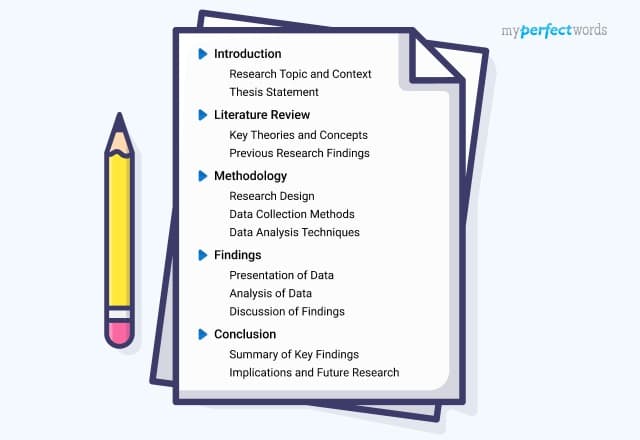
A Catalog of 300+ Research Paper Topics
-9352.jpg&w=828&q=75&dpl=dpl_6C1DJD8FTbsfEG5WgFbBai5SDP9f)
Research Proposal Writing - A Step-by-Step Guide

How to Write an Abstract for a Research Paper - A Step by Step Guide
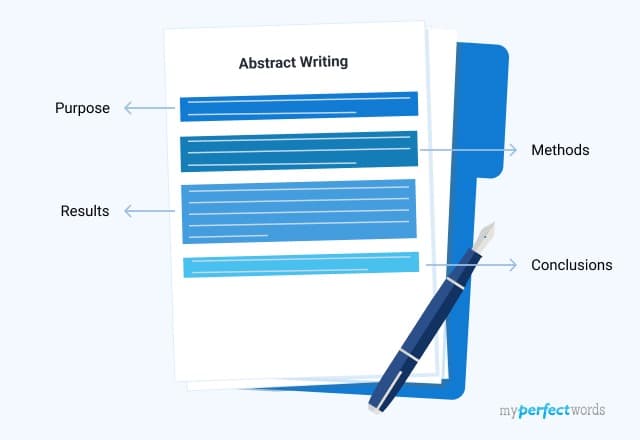
Writing a Literature Review For a Research Paper - A Comprehensive Guide
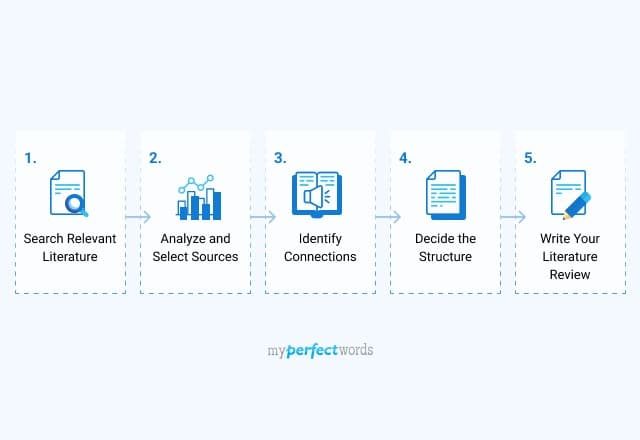
Qualitative Research - Methods, Types, and Examples

8 Types of Qualitative Research - Overview & Examples
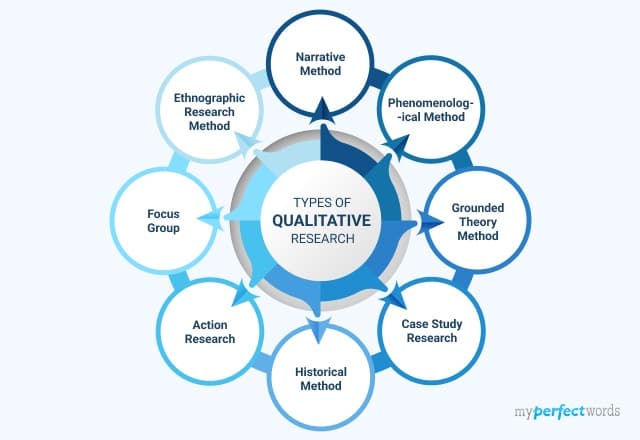
Qualitative vs Quantitative Research - Learning the Basics
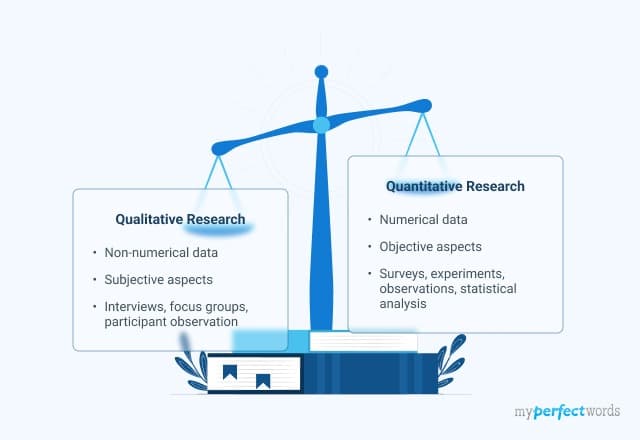
200+ Engaging Psychology Research Paper Topics for Students in 2025
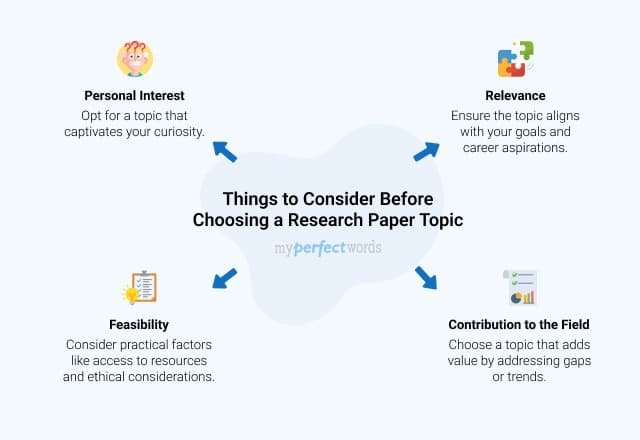
Learn How to Write a Hypothesis in a Research Paper: Examples and Tips!
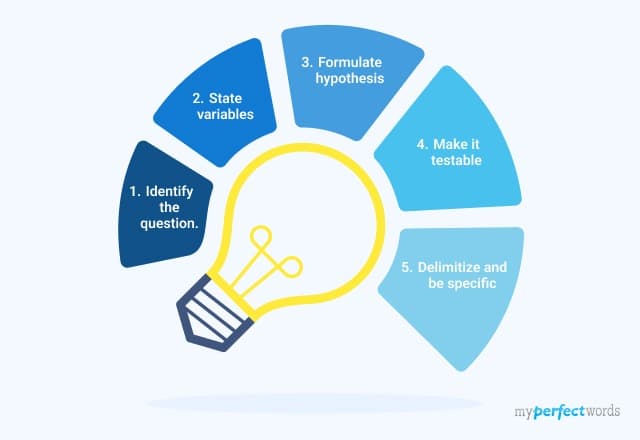
20+ Types of Research With Examples - A Detailed Guide
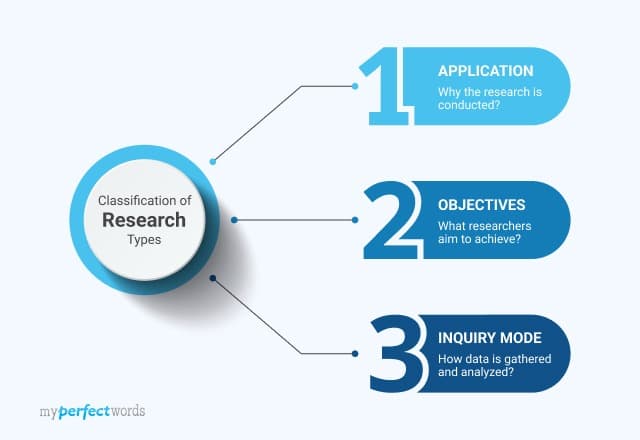
Understanding Quantitative Research - Types & Data Collection Techniques

230+ Sociology Research Topics & Ideas for Students
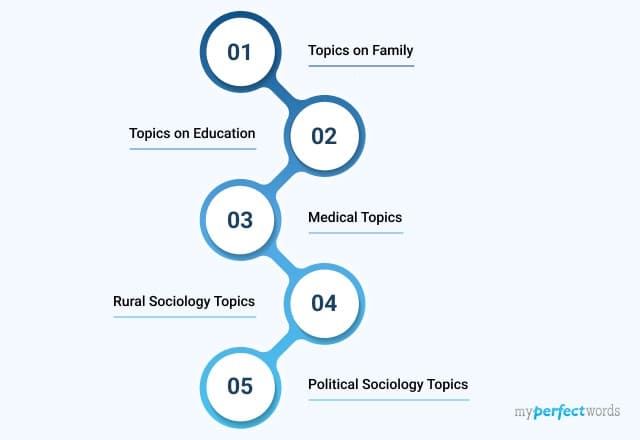
How to Cite a Research Paper - A Complete Guide

Excellent History Research Paper Topics- 300+ Ideas

A Guide on Writing the Method Section of a Research Paper - Examples & Tips
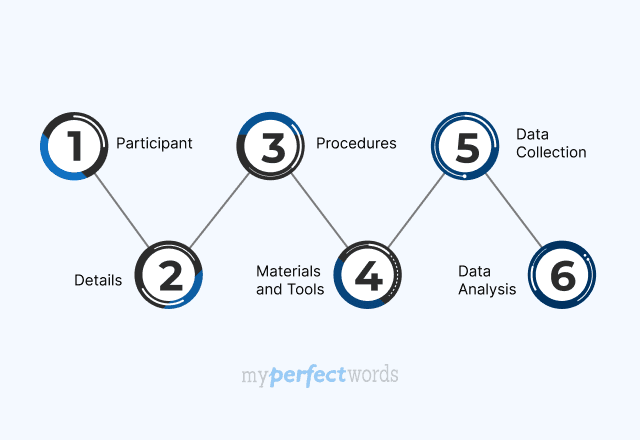
How To Write an Introduction Paragraph For a Research Paper: Learn with Examples
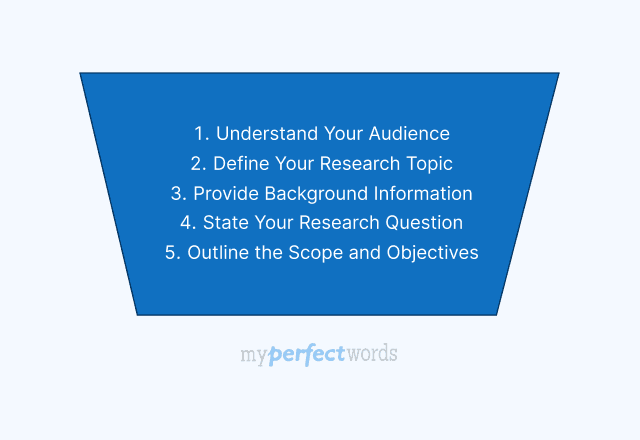
Crafting a Winning Research Paper Title: A Complete Guide
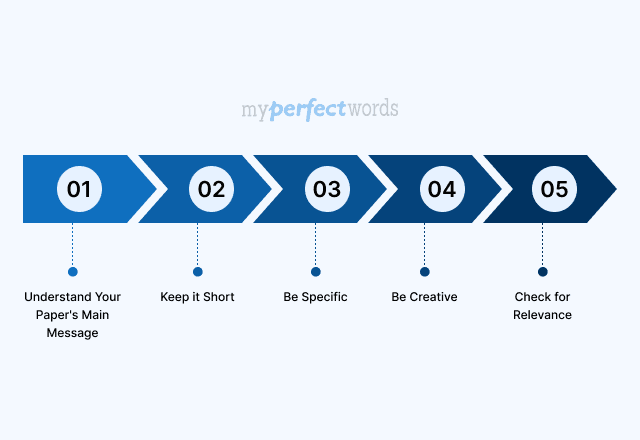
Writing a Research Paper Conclusion - Step-by-Step Guide
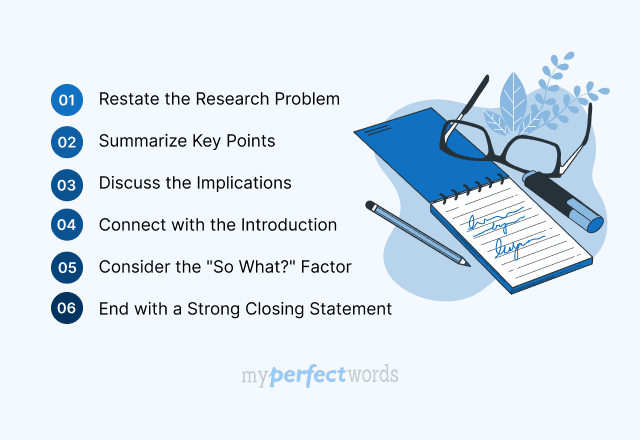
Writing a Thesis For a Research Paper - A Comprehensive Guide
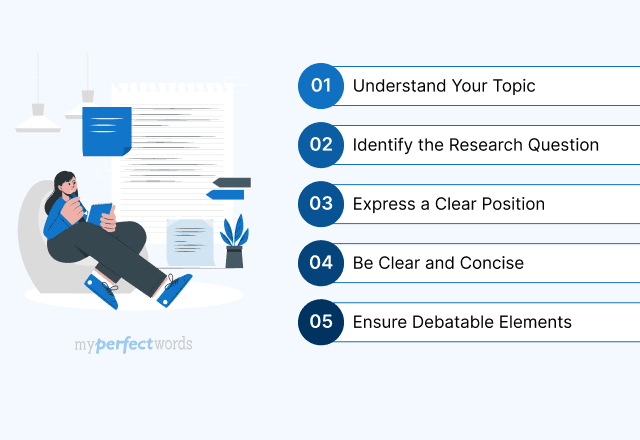
How To Write A Discussion For A Research Paper | Examples & Tips
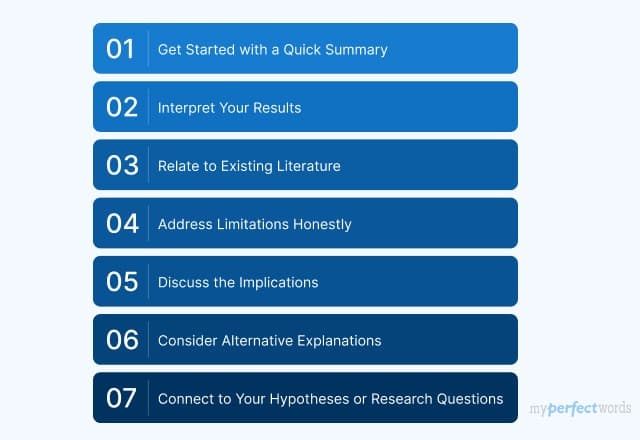
How To Write The Results Section of A Research Paper | Steps & Examples
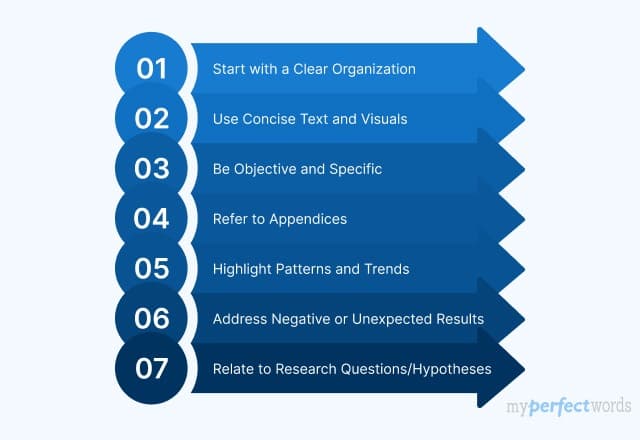
Writing a Problem Statement for a Research Paper - A Comprehensive Guide
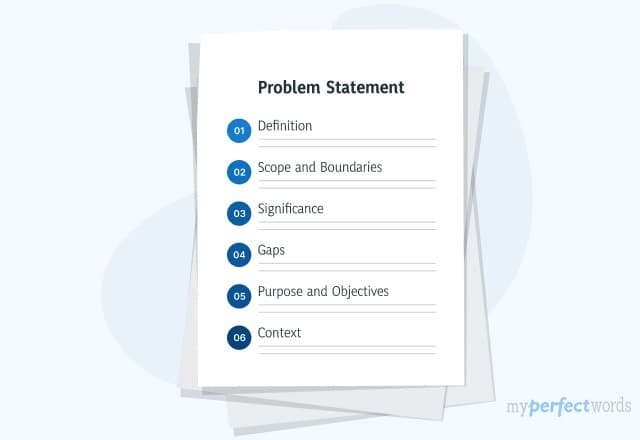
Finding Sources For a Research Paper: A Complete Guide

A Guide on How to Edit a Research Paper
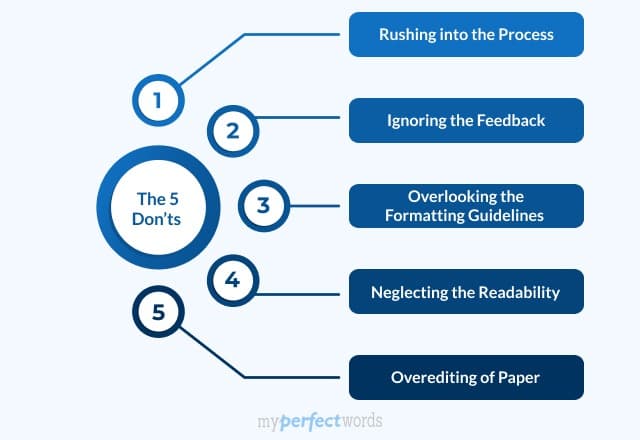
200+ Ethical Research Paper Topics to Begin With (2025)

300+ Controversial Research Paper Topics & Ideas - 2025 Edition
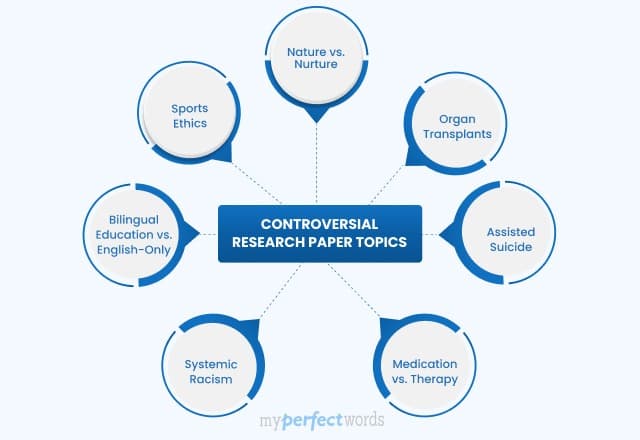
150+ Argumentative Research Paper Topics For You - 2025

How to Write a Research Methodology for a Research Paper
